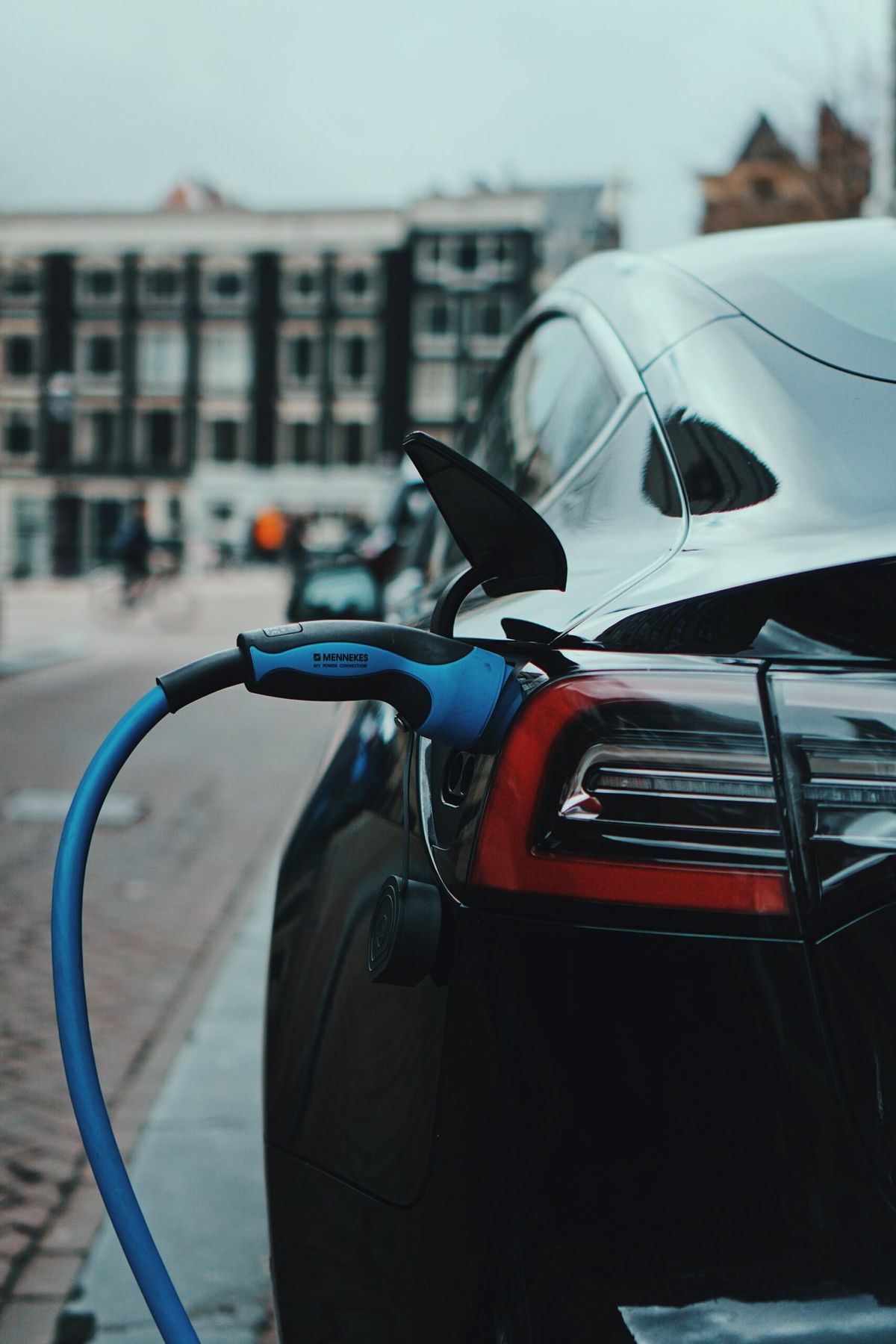Are Electric Cars Really Cheaper to Maintain than Gas?

President Biden would like for everyone to start the switch to electric cars, mostly because of the environmental benefits. But a big part of the appeal of electric vehicles (EVs) is that they’re cheaper to operate, or so most people seem to think.
Consumers often assume that, although they’re more expensive to buy, an electric car is cheaper to operate than a gas-powered vehicle. After all, it has fewer moving parts so there’s not as much that can go wrong. But is that a safe assumption?
It turns out that the answer is not cut and dried. Car and Driver magazine has been running a Tesla Model 3 on a long-term test, putting nearly 40,000 miles on it, and has found it is not as cheap to maintain as had been expected.
The magazine says the actual savings in service costs is turning out to be “quite minimal.” That’s due partly to the cost of lubricating the brake calipers, something electric cars need because their regenerative braking creates more wear and tear on the calipers, even while generating “free” electricity.
Brakes take a beating
Car and Driver’s test vehicle needed three caliper jobs, at a cost of $432. Would routine maintenance on a gas-powered car cost more? It depends, obviously, on the car. Car and Driver said a BMW M340i cost $539 to maintain over the same period of time. That’s not a huge difference and there were some other, surprisingly high, repair jobs on the Model 3.
The glass roof and windshield had to be replaced because of rock chips, at a cost of $1,200 and $1,100. The tires also needed to be replaced early, possibly owing to the heavier weight of the Tesla. That added $1,157 to the tab.
One factor many consumers don’t consider is what consumer advocates call the “right to repair” issue. You can take a gas-driven car to just about any garage for routine maintenance but Tesla parts are only available from Tesla dealers and they are not cheap. That may change under new legislation recently enacted but it’s likely to take some time to be phased in. The situation is somewhat better with other EVs, which tend to share more parts with their gas-driven cousins.
Fuel costs: electric vs. gas
Then there’s the question of how much you’ll spend on fuel. Electricity may be cheap in some areas but it’s not free, so there’s still some variable expense involved no matter which propulsion mode you choose.
The U.S. Energy Department recently released a study that breaks down the cost of electric vs. gas on a state-by-state basis. The big winner? Washington State, thanks to its plentiful supply of hydroelectricity.
Over the anticipated 15-year life span of a vehicle, the electricity required to run a battery-powered electric car can be as much as $14,480 cheaper than fueling up an internal combustion vehicle in Washington, the study found.
Hawaii was on the wrong end of the comparison. There’s no coal or oil there so everything has to be imported, meaning that both gas and electricity prices are through the roof. In a worst-case scenario, charging up your electric car could ultimately cost $2,494 more than topping up a gas tank over 15 years, the study found.
In general, gas is much more expensive in the West than in the rest of the country. The NRDC notes that the average cost of a gallon of gasoline on the West Coast was 46 percent higher than in communities around the Gulf of Mexico. Of course, utility rates vary widely by state and region too.
So whether or not a electric car will be cheaper to operate depends to a great extent on where you live.
Most environmentalists are vehement that electric cars are better for the environment, although walking and bicycling are better yet. And no one doubts that EVs are more expensive to buy.
In the end, the decision comes down to your stance on environmental issues, the cost of energy in your area and your personal preference. That’s really not much different from the factors that go into choosing between a Honda Civic and a Mercedes-Benz C300, is it?
